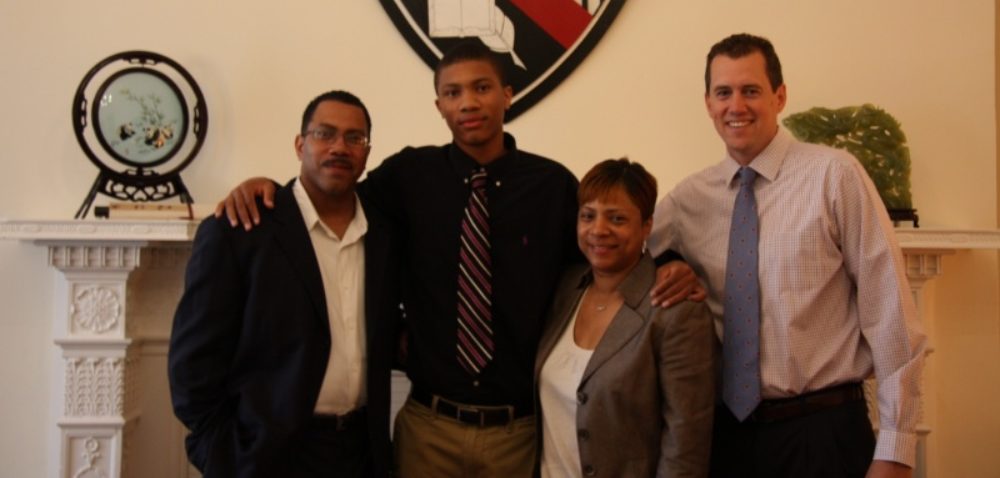When today’s parents were kids, being invited to a camp or an all-star game meant something that everybody understood. Not anymore. Things have changed. Now recruiting and money drive most of these events and the word invite is cleverly used by the organizers to entice and confuse families. Here are three cases almost everyone can learn from. If you think these are the exception, or that this isn’t you, think again. This is more common than you think..
A mother told me recently that her daughter had been invited back to a camp she attended last year and I cringed when she said it. She believed the invitation mean something special, that it was an indication of a special level of her child’s talent. This mom really didn’t understand that 800 other girls of all talent levels also got invited back and that anyone who isn’t invited could still sign up for the camp.
Another family I talked to includes a son who was invited to play in a football all-star game. They family’s income level is just above the poverty line and the game is a 4 hour plane ride from their home. Unlike some all-star games, this one requires the family to pay all their own expenses for young man to participate. This family was planning on doing it, somehow, because they believe the exposure at this all-star game would earn their son the scholarship they badly wanted. They didn’t know that virtually none of the players attending would be of scholarship level, or that almost no coaches from scholarship schools have even heard of the game, much less attend it. The “invitation” was what sold them. They believed they had been invited to something special.
One final example involves a baseball player who had aspirations of playing college ball at the D1 level. Receiving little recruitment of any kind at any level, let alone any that he liked, the athlete started contacting colleges himself. Not lacking for confidence, if not common sense, he didn’t contact just any colleges, he went for D1 schools ranked in the top 20. Managing to get the assistant coach from one on the phone he had a conversation and pitched himself. At the end of the conversation, the coach “invited” this young man to a tryout the school was going to be holding. Hearing what he wanted to hear, and not quite understanding the process, this young man was excited. Believing he had a legitimate shot or reason to attend, he and one of his parents flew from one coast of the US to the other for a weekend to attend this event. He didn’t know that virtually anyone who could afford it was invited and there was no real interest on the part of the college, other than to make money. (The family also had to pay for the event, in addition to the travel.) What they failed to perceive was that there was no risk on the part of the school because it had made no investment. Having only something to gain (if the athlete turns out to have talent) and nothing to lose, it’s easy for the school to “invite” the athlete without having any real interest in recruiting him.
Most of the time being invited means you’re invited to spend money. Colleges and other organizations have figured out that using the simple word invited changes the perception of parents and athletes. It somehow makes events like showcases or elite camps more desirable, or implies they are of higher quality, even though they’re usually not. While there are still some events where being invited means something, it’s not always easy to tell the difference. Try to be smart and not get fooled.

